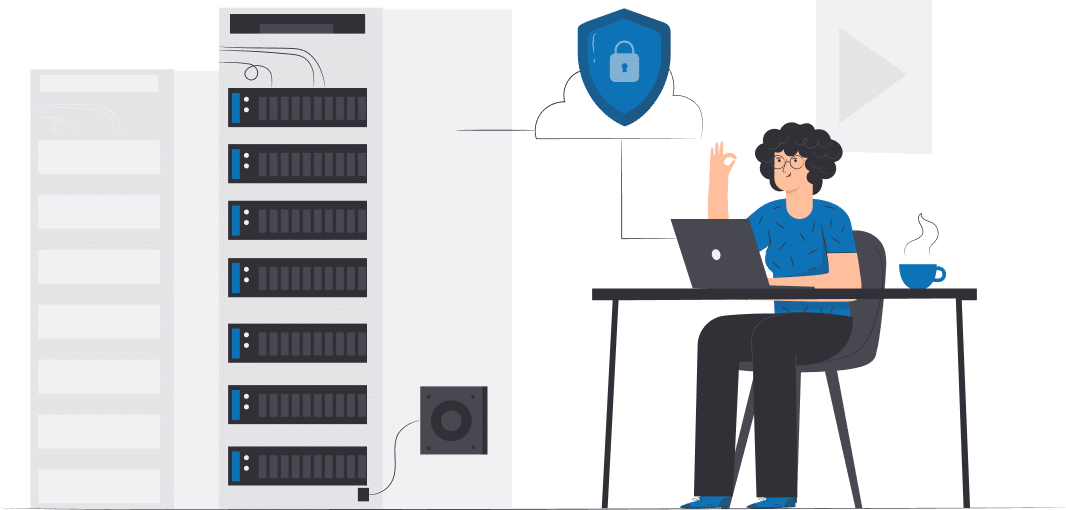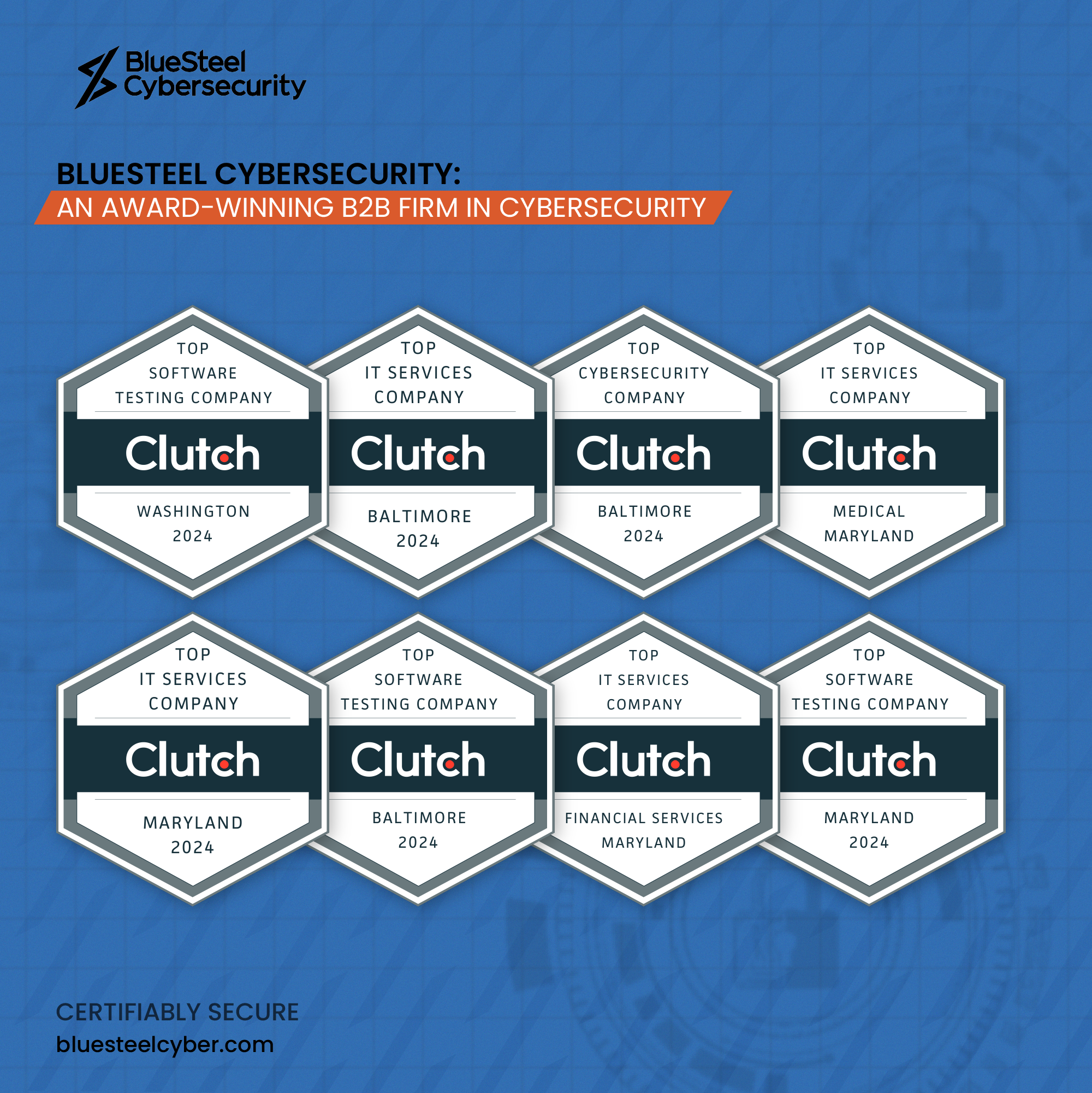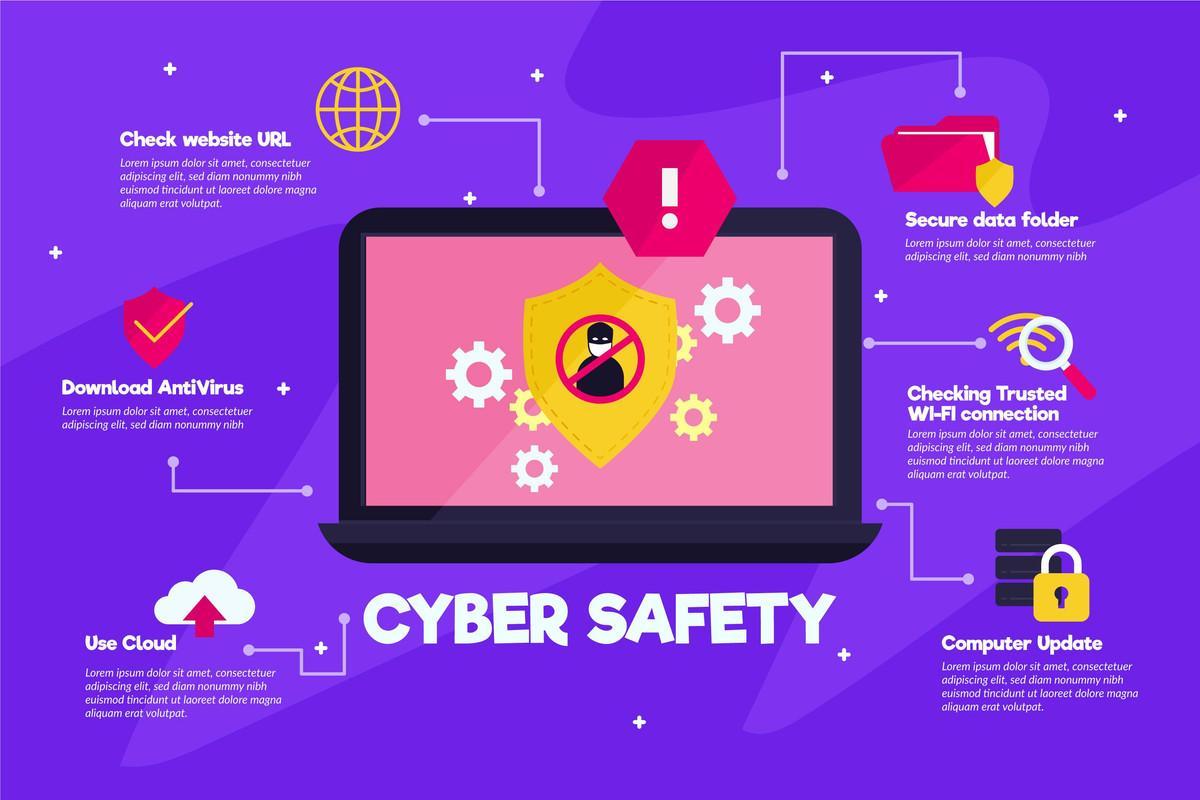In an increasingly digital world, safeguarding digital assets has become more important than ever. For healthcare professionals, IT staff, and business managers in particular, robust cybersecurity solutions are a necessity, not a luxury. Digital assets, from patient records to internal communications, are constantly under threat from a variety of sources. This necessitates the implementation of comprehensive cybersecurity solutions to help mitigate these risks.
In this article, we’ll explore the common cybersecurity threats, the different types of cybersecurity solutions available, and the essential considerations for choosing and maintaining the right solution for your organization.
Common Cybersecurity Threats
These days, cybersecurity threats loom large. They are akin to pirates of the cyber seas, looking to exploit weaknesses and seize valuable data.
One common threat is phishing, which is much like the angler fish of the digital ocean, luring victims with seemingly genuine emails, messages, or websites, only to steal sensitive information. Another common cyber threat is ransomware, which you can think of as a digital hijacker, taking your data hostage and demanding that you pay a hefty ransom for its release.
Then, there are Distributed Denial of Service (DDoS) attacks which are basically the cyber equivalent of a massive traffic jam on a freeway, overwhelming a system or network with traffic, and causing a shutdown. Insider threats also pose a significant risk. These are like rogue crew members on a ship, leveraging their access to cause harm intentionally or unintentionally.
Recent high-profile cybersecurity attacks such as the SolarWinds hack and the Colonial Pipeline ransomware attack have further underscored the necessity of robust cybersecurity solutions. By understanding these threats, we can better equip ourselves to prevent them.
Types of Cybersecurity Solutions
There’s a wide array of cybersecurity solutions on the market today, each designed to tackle specific threats or provide a comprehensive defense. Solutions range from network security measures to endpoint protections and cloud security systems. Understanding the strengths and use cases of each solution will help organizations select the most appropriate tools for their unique needs.
Network Security Solutions
The foundation of any robust cybersecurity system lies in network security. These solutions are the frontline defense, shielding the network and its traffic from a myriad of cyber threats. Network security comprises various defenses such as firewalls, intrusion detection systems (IDS), and intrusion prevention systems (IPS), all working concertedly to ward off unauthorized access and potential threats.
Think of firewalls as a gatekeeper, facilitating a secure boundary between trusted internal networks and untrusted external networks. On the other hand, IDS and IPS are like vigilant sentinels, continually scrutinizing network traffic and raising an alarm when suspicious activities are detected.
Other forms of network security include Virtual Private Networks (VPNs) which establish secure connections for remote access, and Data Loss Prevention (DLP) systems, a guardian of sorts that stops sensitive data from being leaked or stolen.
Endpoint Security Solutions
Endpoint security aims to secure every endpoint, or user device such as computers, laptops, and mobile devices, connecting to a network. These solutions can be viewed as personal bodyguards for these devices, thwarting threats and reducing the risk of a cyberattack reaching the heart of your network.
Among the most recognized types of endpoint security is antivirus software, a stalwart in the fight against malware attacks. However, cybersecurity has evolved beyond antivirus software, with Endpoint Detection and Response (EDR) tools coming into the fray. These tools don’t just defend; they actively monitor endpoints for any signs of cyber threats and respond swiftly to neutralize or control them.
Mobile Device Management (MDM) software is another facet of endpoint security, crucial for safeguarding employees’ mobile devices, particularly in organizations that have adopted a Bring Your Own Device (BYOD) policy.
Cloud Security Solutions
With the increasing migration of services and data to the cloud, ensuring robust cloud security has become an absolute must for most organizations. Fortunately, Cloud security solutions, such as Cloud Access Security Brokers (CASBs) and Cloud Workload Protection Platforms (CWPPs), offer comprehensive security controls for data and applications that are being stored in the cloud.
CASBs act as a security control point between on-premises devices and cloud service providers, enabling organizations to extend their security policies to the cloud. CWPPs, on the other hand, provide security for workloads in public and hybrid cloud environments. They help in detecting and mitigating threats, manage vulnerabilities, and ensure compliance.
Both CASBs and CWPPs offer a line of defense against cloud-specific threats like data breaches, insecure interfaces, and account hijacking, thus ensuring the safety and security of your digital assets.
Identity and Access Management (IAM) Solutions
Identity and Access Management (IAM) solutions play a key role in preventing unauthorized access to sensitive data. These solutions, including Single Sign-On (SSO) and Multi-Factor Authentication (MFA), manage digital identities and regulate access within an organization.
SSO is a user authentication service that permits a user to use one set of login credentials to access multiple applications. This streamlines the sign-in process while reducing the risk of password compromise. MFA provides an additional layer of security, requiring users to verify their identities through two or more independent credentials: something they know (password), something they have (a security token), or something they are (biometric verification).
IAM solutions are essential for enforcing access controls and ensuring only the right people have access to the right resources at the right times.
Security Information and Event Management (SIEM) Solutions
SIEM solutions collect, analyze, and report on log data generated throughout an organization’s digital infrastructure. They help in real-time analysis of security alerts and provide long-term storage, analysis, and reporting of log data. This aids in detecting, preventing, and responding to security incidents swiftly.
Popular SIEM solutions like Splunk, LogRhythm, and IBM’s QRadar offer features like event correlation, anomaly detection, and automated response. By centralizing threat detection and response, SIEM solutions enable a comprehensive view of an organization’s security landscape, facilitating quicker and more informed decisions.
Managed Security Service Providers (MSSPs)
For many organizations, managing a complex array of cybersecurity solutions in-house can be overwhelming. Enter Managed Security Service Providers (MSSPs) – companies that can provide outsourced management and continuous monitoring of your security devices and systems. Most MSSPs offer services such as managed firewalls, intrusion detection, VPNs, and vulnerability scanning services.
MSSPs, such as IBM Security, Trustwave, and SecureWorks, bring extensive experience and expertise to the table, allowing organizations to benefit from top-tier security solutions without the need to maintain a large in-house IT security team. Furthermore, they provide round-the-clock monitoring, ensuring that potential security threats are detected and neutralized promptly.
Emerging Cybersecurity Solutions
Just as the world of cyber threats is evolving, so too are the tools to counter them. Enter the future of cybersecurity, where solutions driven by technologies like artificial intelligence (AI) and machine learning (ML) are emerging.
It might be helpful to think of AI as a vigilant guard dog, capable of learning and responding to most cyber threats in real time. These sorts of systems can detect patterns in your network traffic, identify suspicious behavior, and respond to threats rapidly. Machine learning, on the other hand, is like a detective, learning from each case it encounters and improving its ability to spot and react to unusual activities that could signal a security breach.
These cutting-edge solutions are currently in their formative years, but they promise to shape the future of cybersecurity. With their potential for more effective, adaptable, and efficient defenses, they offer a glimmer of hope in the ongoing battle against cyber threats.
How to Choose the Right Cybersecurity Solution
Selecting the right cybersecurity solution is crucial. Factors to consider include the type and size of your organization, the sensitivity of the data you handle, and your budget. Ask questions like: What types of threats are we most likely to face? Which systems and data need the most protection? Do we have the in-house expertise to manage the solution, or should we consider outsourcing?
It’s also very important to research various providers, consider different product reviews, and ask for recommendations from similar organizations. Keep in mind that the most expensive solution isn’t necessarily the best one for your specific needs.
Implementing a Cybersecurity Solution
Once you’ve chosen the right cybersecurity solution, implementing it effectively is crucial. It’s not simply a matter of installing software or setting up hardware. A successful implementation involves careful planning, clear communication, and ongoing management.
First, develop an implementation plan that includes clear timelines and responsibilities. This plan should detail every step from initial setup and configuration to employee training. It’s also important to consider potential challenges, such as resistance from employees or technical difficulties, and plan how to address them.
Training employees on the new cybersecurity solution is another vital step. Even the most robust security measures can be undermined by human error. Therefore, ensure that all users understand the importance of the new system, how it works, and their role in maintaining security.
Cybersecurity Solution Maintenance
Maintaining your cybersecurity solution is as crucial as its implementation. Cyber threats evolve continually, and so should your defenses. Regular updates, patches, and system checks are necessary to keep your solution effective against the latest threats.
Moreover, regular audits and performance assessments can help you identify any weaknesses or areas for improvement. These assessments should not only evaluate the effectiveness of the cybersecurity solution but also the awareness and practices of your employees.
Staying informed about the latest cybersecurity trends and emerging threats can help you anticipate and prepare for future challenges.
Conclusion
In an increasingly digital world, cybersecurity solutions are essential to protect your organization and its precious data. From network security measures to endpoint protections and cloud security systems, the options are plentiful. Choosing the right solution requires careful consideration of your organization’s needs and potential threats.
By implementing and maintaining your cybersecurity solution effectively, you can provide robust protection for your digital assets. In the face of an ever-evolving threat landscape, making cybersecurity a top priority is not just an option – it’s a necessity. Therefore, all organizations, especially those in sensitive sectors like healthcare, must strive to stay ahead of the curve, safeguarding their digital assets today and into the future.







